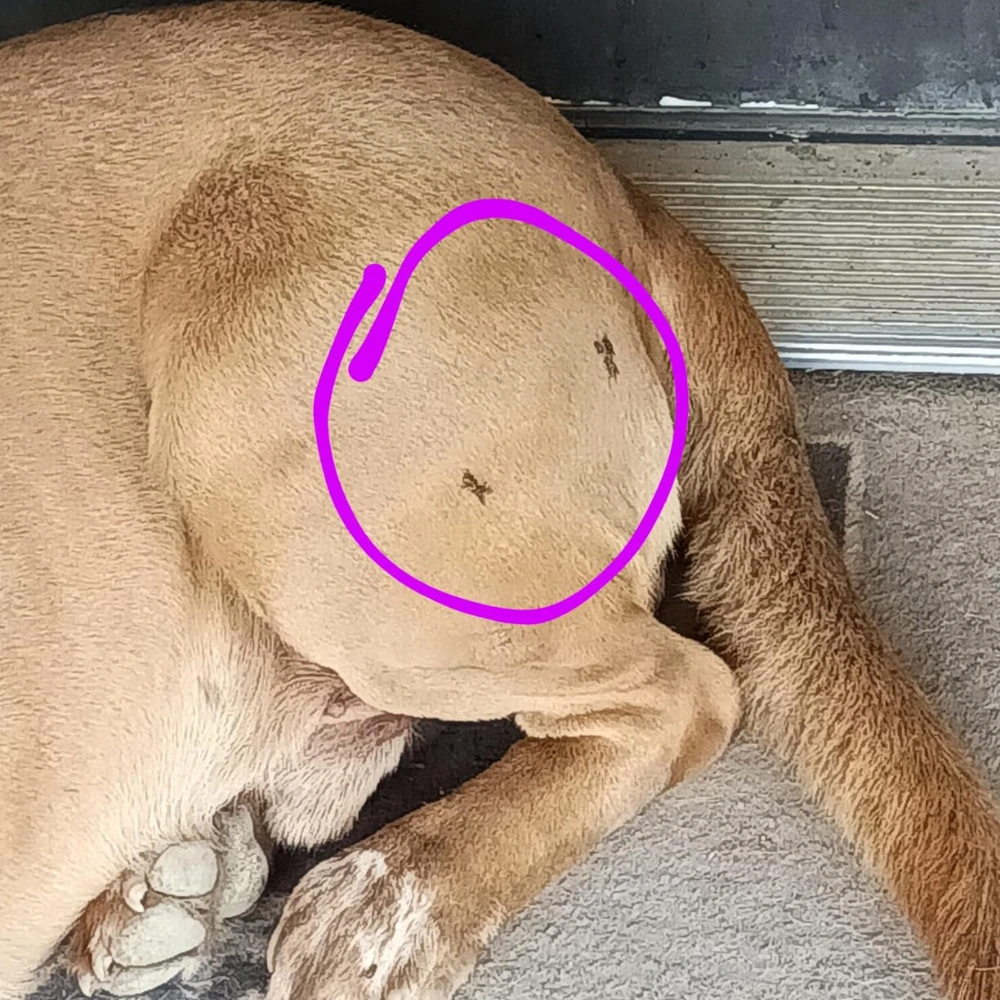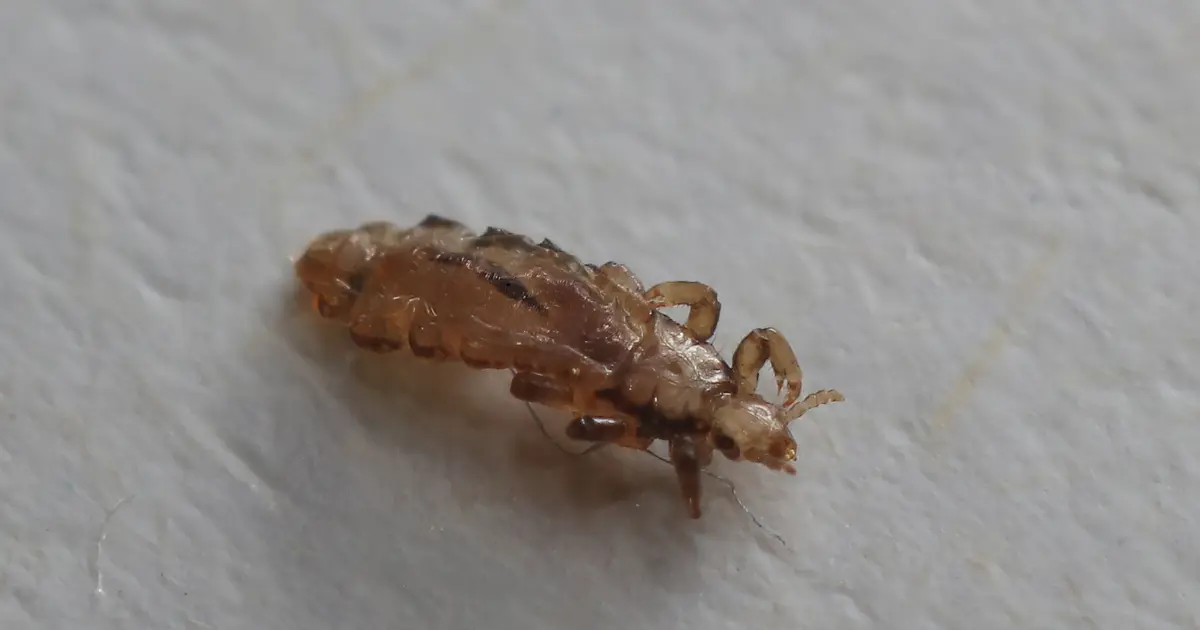If you’re a dog owner, you’ve probably worried about the little pests that can affect your furry friend. One common question I hear frequently in my veterinary practice is: “Can Dogs Get Lice?” It’s natural to wonder, especially if your kids or other pets are scratching and itching at home.
In this guide, I’ll explain exactly how lice affect dogs, how to spot them early, and the best ways to prevent and treat an infestation. By the end of this article, you’ll feel confident protecting your dog from these pesky parasites.

Understanding Lice in Dogs
Lice are small, wingless insects that survive by feeding on the skin or blood of their hosts. One of the most important things to know is that lice are species-specific. That means the lice humans get on their scalps cannot live on your dog, and dog lice cannot survive on humans.
Dogs can, however, pick up lice from other dogs, particularly in environments where pets congregate, such as boarding kennels or dog parks. Lice are tiny but cause significant discomfort, and early detection is crucial to preventing a full-blown infestation.
Personal insight: I once treated a Golden Retriever named Max who had been scratching incessantly. His owner was convinced he had caught lice from her child, but after a thorough examination, it was clear that Max had picked up chewing lice from a dog he played with at daycare. Understanding species specificity helped ease her worries.
Types of Lice That Affect Dogs
Two main types of lice can infest dogs:
Chewing or Biting Lice (Mallophaga)
- Feed on skin debris and secretions.
- Examples include Trichodectes canis and Heterodoxus spiniger
- Usually causes irritation and mild hair loss.
- Can act as an intermediate host for tapeworms
Sucking Lice (Anoplura)
- Feed on the dog’s blood.
- Linognathus setosus is the most common species.
- Can cause anaemia in severe infestations, especially in puppies or older dogs
Example from practice: I treated a senior Boston Terrier with sucking lice that had led to minor open wounds and localised infection. Early veterinary intervention made a huge difference in preventing complications.
Signs and Symptoms of Lice in Dogs
Knowing what to look for can save your dog a lot of discomfort. Common signs include:
- Intense scratching and restlessness
- Red or irritated skin
- Hair loss, especially around the ears, neck, and groin
- Tiny white specks (nits) clinging to hair shafts
- Rough or matted coat
- Secondary bacterial infections from persistent scratching
Tip: Lice eggs can be mistaken for dandruff. A simple test: if the flakes cling stubbornly to the hair, it’s likely lice; if they fall off easily, it’s dandruff.
How Dogs Get Lice
Dogs contract lice primarily through direct contact with an infested dog. Less commonly, lice can be spread via:
- Contaminated bedding, collars, or grooming tools
- Shared dog crates or play areas
It’s important to note that lice cannot jump or fly—they crawl. Once off the host, adult lice usually die within a few days, but eggs can remain viable for weeks.
Life Cycle Insight: The louse life cycle consists of three stages: egg (nymph), nymph, and adult. It takes about 3–4 weeks for a louse to reach adulthood, so repeated treatment is necessary to eliminate the infestation.
Preventing Lice Infestation in Dogs
Prevention is always better than treatment. Here’s how you can reduce the risk:
- Maintain good hygiene and regular grooming.
- Avoid contact with known infested dogs.
- Wash bedding, leashes, and collars in hot water.
- Use veterinarian-recommended preventive products such as topical insecticides or shampoos.
Personal insight: I always tell my clients that multi-dog households need extra care. Treat all pets and clean shared spaces thoroughly. One overlooked dog can reintroduce lice even after successful treatment.

Treating Lice in Dogs
If you suspect lice on your dog, consult your veterinarian for proper diagnosis and treatment. Treatment options typically include:
- Topical insecticides: Fipronil, Imidacloprid, Selamectin
- Lice-specific shampoos and spot-on treatments
- Flea combs to remove live lice (note: nits are not killed by combing)
- Environmental cleaning: bedding, collars, brushes
Tip: Always follow veterinary guidance on dosage and frequency. Many products safe for dogs are toxic to cats, so extra caution is required in multi-pet homes.
Example: A Labrador I treated had both biting and sucking lice. We combined a topical treatment with a thorough environmental cleaning schedule, and after one month, he was completely lice-free.
When to Consult a Veterinarian
Consult a vet if you notice:
- Persistent scratching or hair loss
- Visible lice or nits
- Secondary infections, anaemia, or unusual behaviour
Professional guidance ensures safe and effective treatment, preventing potential complications from severe infestations.
“Lice infestations in dogs are relatively uncommon in well-cared-for pets, but early detection and proper treatment are essential to prevent discomfort and secondary health issues. Consulting a veterinarian ensures safe and effective control tailored to your dog’s specific needs.” – Dr. Jerry Klein, AKC Chief Veterinarian
Conclusion
So, can dogs get lice? Absolutely—but they cannot get human lice, and human lice cannot infest dogs. Knowing the types of lice, the signs of infestation, and preventive measures helps you protect your dog from discomfort and health complications.
Call to Action: If you suspect your dog has lice, contact your veterinarian promptly for a proper diagnosis and treatment plan. With early intervention and proper care, your dog will be back to its happy, healthy self in no time.
FAQs
No. Human lice are species-specific and cannot survive on dogs. Your dog can only get lice from other infested dogs.
It usually takes 3–4 weeks to fully break the life cycle, with repeated treatment and environmental cleaning.
Some natural oils and shampoos may help reduce lice, but they are generally less effective than veterinary-approved treatments. Always consult your vet before trying home remedies.






